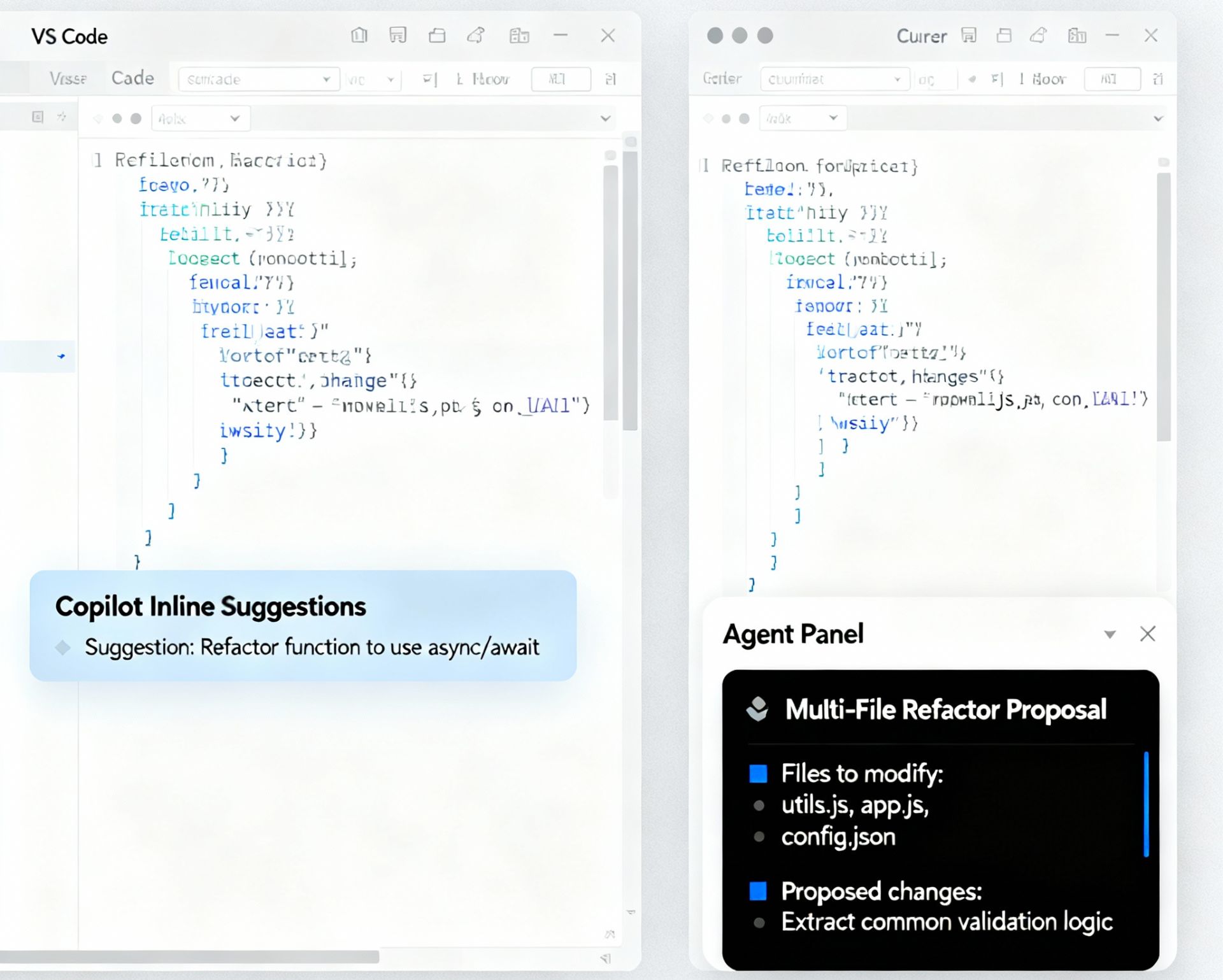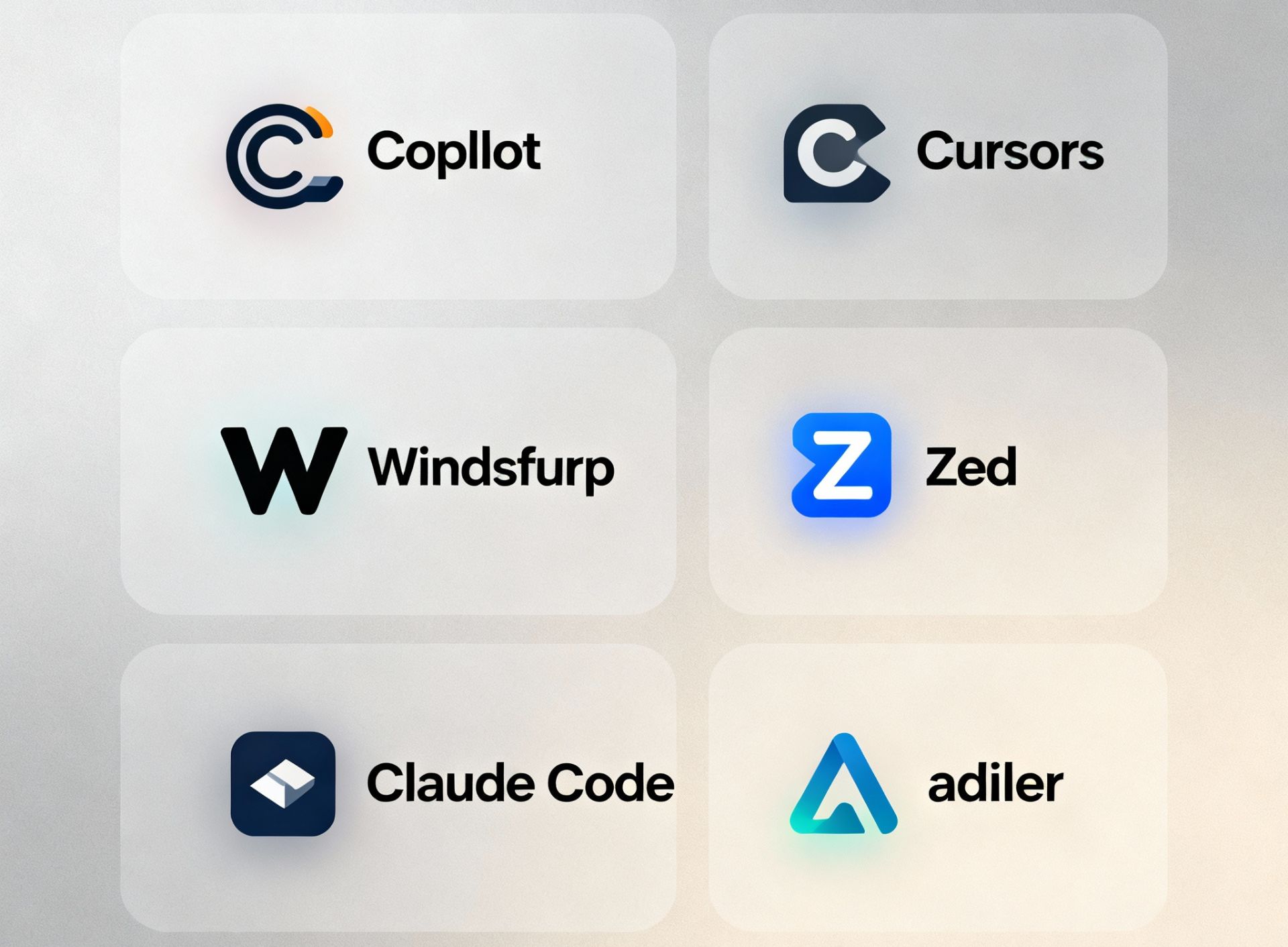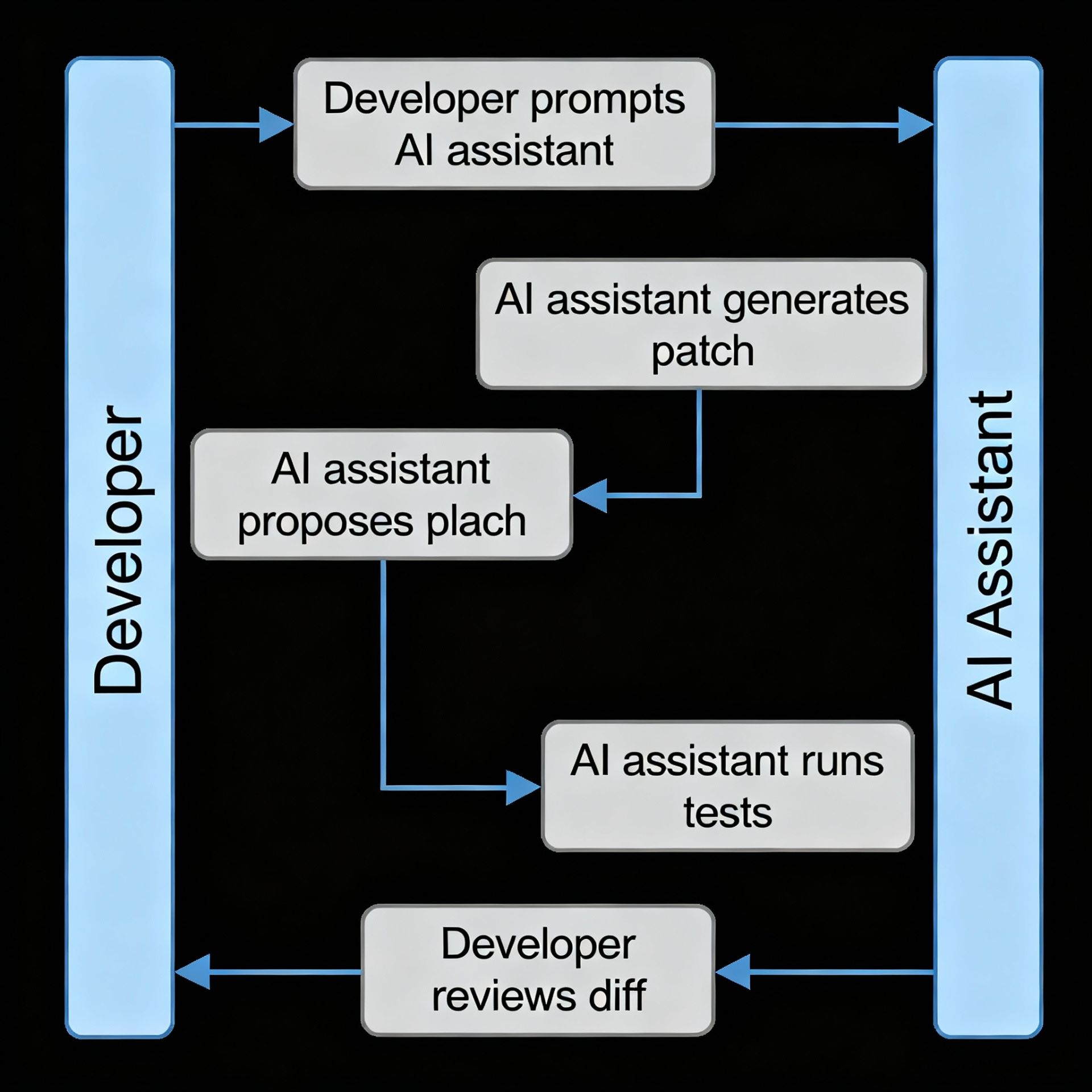The short answer: there isn’t one “best” AI for every developer, but a few standouts dominate in 2025—GitHub Copilot for seamless IDE completion, Cursor and Windsurf for agentic refactors on full repos, and Claude Code for large-context reasoning—paired with best practices to keep output safe and maintainable.
The 2025 leaderboard
A consensus has formed around a core set of tools: Copilot remains the plug‑and‑play choice inside VS Code/JetBrains, while Cursor, Windsurf, and Zed add repo‑level context and agentic edits; Claude Code excels at explanation, test writing, and reasoning on big files.
Lists from practitioner reviews frequently include Aider and Cline for lightweight, key‑based workflows, plus JetBrains AI Assistant and Xcode’s AI for native integration; together they cover most languages and stacks effectively.
Quick picks by need
Rapid inline completion in mainstream IDEs: GitHub Copilot.
Repo‑aware agents and multi‑file edits: Cursor, Windsurf, Zed.
Deep reasoning, code explanation, and test scaffolding: Claude Code.

Copilot vs open models
Copilot offers polished integrations and steady real‑time suggestions that adapt to coding style, making it ideal for teams that want minimal setup friction and consistent productivity boosts.
Open models like Code Llama shine for customization and self‑hosting, appealing to orgs needing more control or lower variable cost, though integrations and polish can lag behind Copilot’s ecosystem.
What reviewers say
Copilot: best “works out of the box” experience across VS Code, JetBrains, and Neovim.
Code Llama: flexible and customizable for enterprise and on‑prem scenarios.
Free, paid, and BYO key
Many top tools are free to install but rely on bring‑your‑own API keys—usage costs then depend on tokens, while local models trade cloud costs for hardware demands.
This split lets teams mix zero‑license editors like Windsurf or Aider with paid API tiers, or run local LLMs when compliance or budget requires full control.
Field-tested shortlists
Independent roundups consistently name Cursor, Copilot, Windsurf, Zed, and Claude Code among the top 2025 picks, with agentic tools like Cline and aider earning praise from power users.
Other lists broaden options with Tabnine, Amazon Q Developer, Replit, and editor‑native assistants, giving developers multiple viable stacks depending on language and workflow.

How to actually use them
Start small with boilerplate tasks and expand to refactors as trust grows, always reviewing and testing AI output; this incremental approach keeps velocity gains without sacrificing quality.
Provide concrete context—files, functions, constraints—and give feedback; assistants improve when prompts include examples, error traces, and test intentions.
Prompt patterns that work
Implement component/function with acceptance criteria and interfaces.
Debug with failing test, stack trace, and expected behavior.
Best practices that stick
Treat AI as a pair programmer: use it for boilerplate, docs, tests, and safe refactors, but keep humans in the loop for architecture and edge cases.
Codify review: mandate code review, run linters and tests, and gate merges; this preserves code health while reaping AI’s speed.
Team integration tips
Standardize prompt templates and commit message formats.
Track impact with CI metrics to calibrate usage and model choices.
Security, licensing, and compliance
Always verify third‑party code suggestions for license compatibility and security, especially when assistants surface patterns from public repos.
Adopt a policy for secrets, PII, and model settings; prefer local or key‑based setups when data sensitivity is high.
Tool-by-tool mini guide
GitHub Copilot: Enable in IDE, start with inline completions, add chat for explanations and tests; great default for mixed‑language teams.
Cursor: Point at the repo, use agentic “edit” workflows for multi‑file changes, and iterate with scoped diffs.
Windsurf: Bring API keys, use task-oriented prompts for refactors and migrations at repository scale.
Claude Code: Paste functions or link context, request stepwise plans, and generate tests first to anchor changes.

Choosing the “best” for a stack
For JavaScript/TypeScript and Python shops, Copilot plus Cursor or Windsurf covers day‑to‑day work and larger changes, balancing speed with oversight.
For enterprises prioritizing control, combine open models like Code Llama with repo‑aware editors and strict CI to keep data local and output governed.



